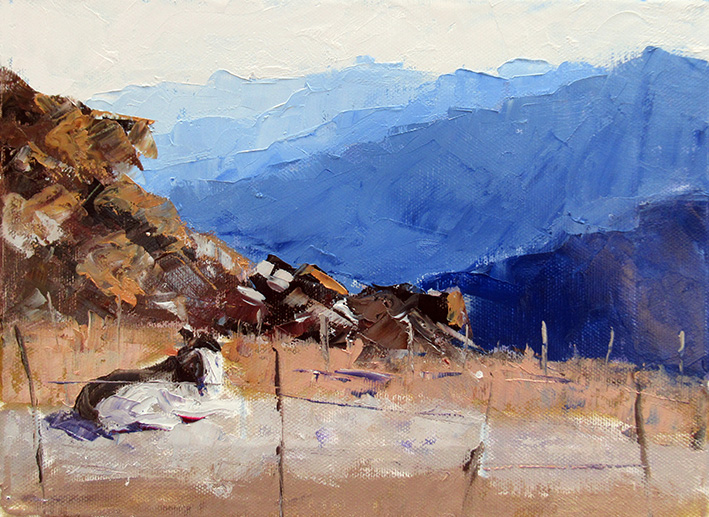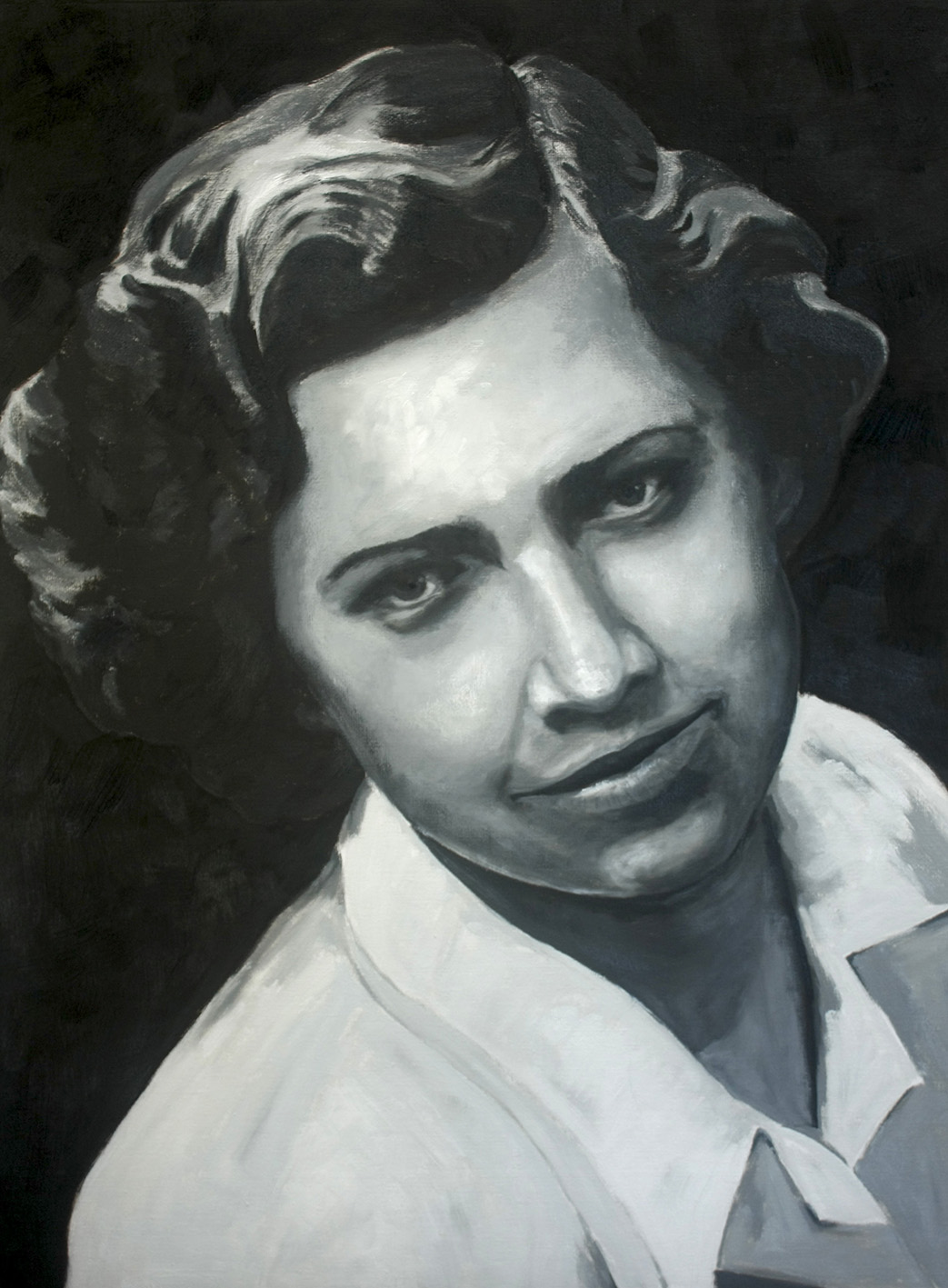Values, the range of lightness and darkness in a painting, hold immense importance in the world of art. They provide structure, depth, and visual interest to artworks. It allows artists to convey mood, create dimension, and evoke emotions. Understanding and effectively utilizing values in painting can elevate the impact and overall success of an artwork. In this article, we will explore the profound significance of values in painting. Also how they contribute to the creation of powerful and engaging compositions.
Creating Depth and Dimension
Values are key to conveying depth and three-dimensionality in a painting. By skilfully manipulating light and dark tones, artists can suggest the illusion of space, volume, and form. Darker values tend to recede, suggesting areas of shadow and depth. Lighter values appear to come forward, emphasizing highlights and creating a sense of volume. By employing a range of values, artists can breathe life into their subjects, making them visually convincing and engaging.
Establishing Contrast using Values
Values play a crucial role in creating contrast within a painting. Contrast refers to the juxtaposition of light and dark elements, resulting in visual interest and dynamic compositions. By incorporating a variety of values, artists can create areas of high contrast that draw the viewer’s attention and add visual impact. Contrast can be used to emphasize focal points, guide the viewer’s eye, and create a sense of drama within a painting.
Conveying Mood and Atmosphere
Values are instrumental in setting the mood and evoking specific emotions in a painting. Different value arrangements can create contrasting moods, such as a bright and cheerful scene with predominantly lighter values or a sombre and dramatic ambiance with a prevalence of darker values. The choice and manipulation of values allow artists to infuse their artwork with a desired emotional impact, making it relatable and evocative for the viewer.
Enhancing Realism through Values
Values are essential in capturing the realistic representation of objects and scenes. Accurate rendering of light and shadow helps artists depict the play of light on different surfaces, textures, and materials. By observing the values present in the subject and accurately replicating them in their artwork, artists can achieve a heightened sense of realism. Skillful handling of values allows for the creation of convincing illusions of volume, form, and texture, bringing the painting to life.
Guiding Composition and Focus
Values assist in guiding the viewer’s eye and directing attention within a painting. Artists can strategically use values to establish focal points, emphasizing areas of higher contrast or lightest values. By contrasting values between different elements or through the use of value patterns, artists can create visual pathways, leading the viewer’s gaze and creating a sense of visual flow within the composition.
Simplifying Complex Scenes using Values
Values provide a valuable tool for simplifying complex scenes or subjects. By reducing the information to a range of values, artists can focus on capturing the essence and underlying structure of the subject. Simplifying values allows for clearer communication of the intended message or narrative of the artwork, making it more accessible and engaging for the viewer.
Conclusion
Values are the backbone of successful painting, providing depth, contrast, mood, and a sense of realism. Mastery of values allows artists to create captivating and emotionally resonant compositions. By understanding the significance of values and honing their skills in manipulating light and dark tones, artists can unleash the true power of their artistic expressions and connect with their audience on a profound level.

